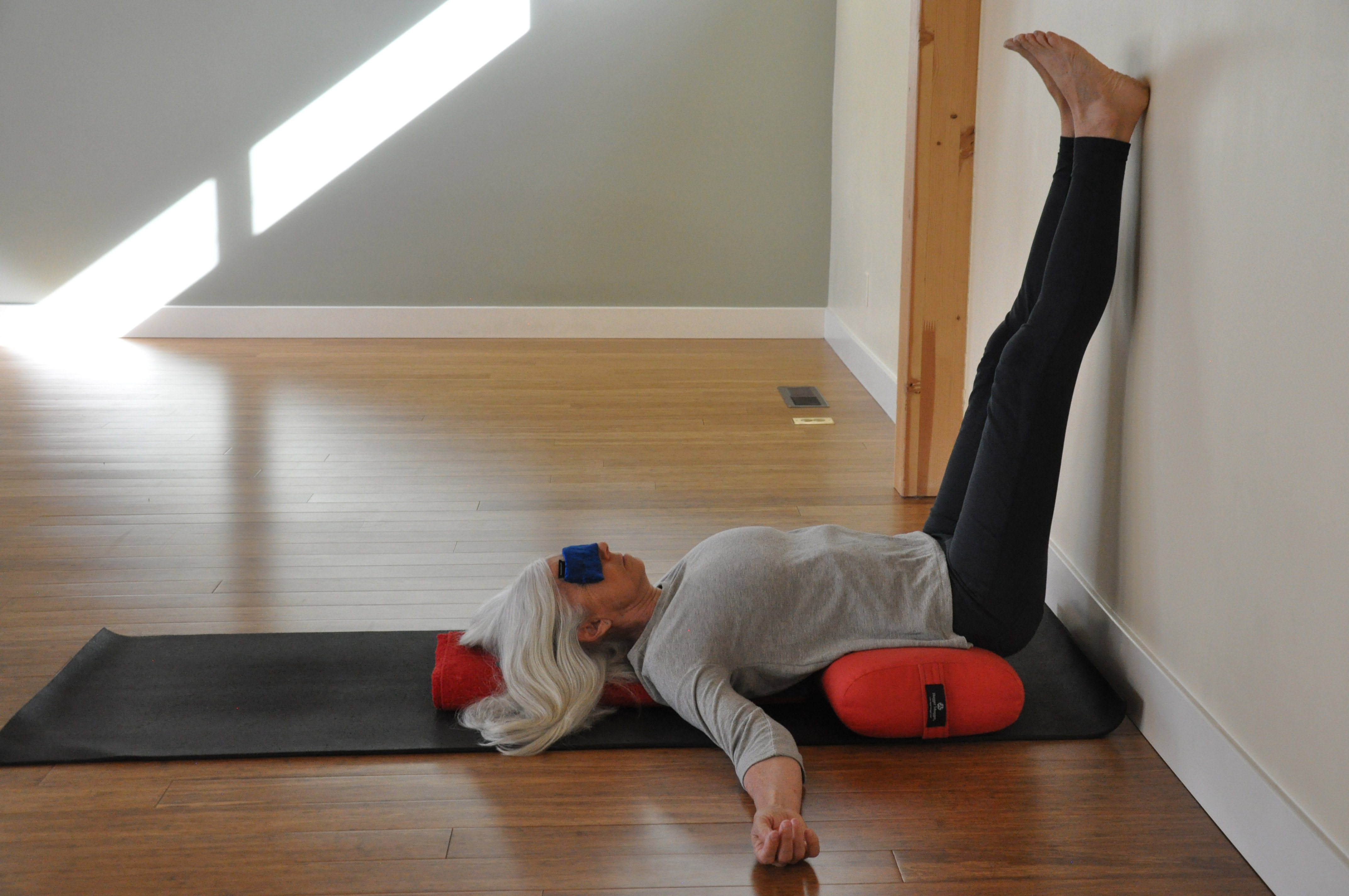View basket (0 items $0.00)
Error message
- Notice: unserialize(): Error at offset 5 of 154 bytes in variable_initialize() (line 1202 of /home/dh_6hcdc2/yogau.online/docroot/includes/bootstrap.inc).
- The file could not be created.
- The file could not be created.

High Blood Pressure: How Yoga Can Help Stabilize Blood Pressure Naturally
I am a fairly healthy woman, mid-forties, with a regular yoga practice and exercise regimen. Yet in a recent wellness training, I was leading for my fitness center staff, I was surprised and a little concerned to find my blood pressure reading was higher than normal.
The most recent update from the Centers for Disease Control says 70 million Americans, about 29% of the population, have diagnosed high blood pressure, known medically as hypertension. Hypertension is diagnosed when the top number, systolic, of a blood pressure reading is higher than 140 and the lower number, diastolic, higher than 90.
Hypertension increases the risk of heart attack and stroke, two of the top three causes of death in the United States.
Although systolic blood pressure tends to rise naturally as people age due to increasing stiffness of large arteries and long-term build-up of plaque, there are ways to naturally combat elevated blood pressure, including yoga.
A study published in the January 2016 Journal of Clinical Hypertension (1.) followed participants over 12 weeks and found a larger blood pressure reduction in the group that followed a twice-weekly yoga practice as compared to the groups who instead increased their walking to 10,000 steps per day and followed nutritional guidelines.
Dr. Timothy McCall, the author of Yoga as Medicine, points out in a recent YogaUOnline interview, Yoga For High Blood Pressure: An Interview With Timothy McCall, M.D., that this and other scientific studies have been small, yet clinically significant in proving that yoga can be an effective lifestyle habit in reducing blood pressure.
“I think there’s potential in how yoga affects the sympathetic and parasympathetic branches of the autonomic nervous system. The constriction of the arteries is controlled directly by the nervous system, and basically, when an artery contracts, the heart has to pump harder to get blood through that contracted artery. Whether an artery is open or closed, it is regulated by certain hormones and by the sympathetic and parasympathetic nervous systems. We can directly affect those with our yoga practice.”
Yoga students with high blood pressure are often cautioned to avoid poses such as Sirsasana (Headstand Pose) and Adho Mukha Vrksasana (Handstand Pose) because these active inversions place the head below the heart. The sudden flow of blood to the head might not be safe for many who have high blood pressure and could cause dizziness, headache or even increase the risk of a stroke.
Also, backbends, though invigorating, can elevate the heart rate too rapidly.
When practicing yoga with diagnosed hypertension, it’s best to begin slowly. Even relatively basic poses such as Paschimottanasana (Seated Forward Bend Pose) can raise the blood pressure if the students are struggling or forcing themselves into the pose.
Factors to Consider When Teaching Yoga to a Student with Hypertension:
-
Certain blood pressure medications can cause a student to be dizzy when moving between seated and standing. Slower transitions between poses will allow more time for the blood pressure to regulate.
-
Practicing in a heated room can raise blood pressure.
-
Breath holding during pranayama or asana is discouraged as it will cause a sharp rise in blood pressure.
-
Stress is a factor in hypertension. Meditation has been shown to lower stress, thereby potentially lowering the risk of hypertension.
-
Modify poses where the arms are raised above the head, such as Virabhadrasana I (Warrior I Pose), by placing hands on the hips.
-
Poses that compress the diaphragm, such as Dhanurasana (Bow Pose), can also increase blood pressure.
3 Cooling Asanas and How to Modify Them
Cooling asanas, with support, as well as meditation, are often recommended for lowering blood pressure.
Paschimottanasana (Seated Forward Bend Pose): Place a block or bolster under the head for support. Sitting on a folded blanket or giving a slight bend to the knees will alleviate any back pain.
Supta Virasana (Reclining Hero Pose):. Use as many blankets or bolsters as necessary behind you to fully support the head and spine. A sandbag placed across the top of the thighs will help release the groin.
Viparita Karani (Legs Up The Wall): Legs Up The Wall is used for just about any ailment. The soothing, therapeutic component of Legs Up The Wall allows for deep relaxation throughout the body.
A quick check with my doctor confirmed my blood pressure was a bit higher than it had been at my last checkup, but nothing to be alarmed about. We decided it was most likely due to a decrease in my exercise habits while I dealt with a broken foot, as well as eating too much sugary and fatty foods during my recuperation. My blood pressure should easily come back down with more exercise and increasing the quality of my diet.
Other, Nonprescription Ways to Reduce Your Risk of Hypertension:
•Regular blood pressure checks
•Eat a healthy diet high in fiber
•Limit salt intake
•Maintain a healthy weight
•Be physically active
•Limit alcohol use
•Don’t smoke
•Prevent diabetes or control already diagnosed diabetes
Study more about this topic with Baxter Bell, MD, and YogaUOnline - Yoga for Healthy Aging: Yoga Tools to Keep Your Blood Pressure Balanced.
Want more tips for healthy blood pressure? Read this article - Regular Meditation Can Help Lower Blood Pressure Naturally.

Jennifer Williams-Fields E-RYT 200 is passionate about writing, yoga, traveling, public speaking and being a fabulous single momma to six super kids. Doing it all at one time, however, is her great struggle. She has been teaching yoga since 2005 and writing since she first picked up a crayon. Although her life is a sort of organized chaos, she loves every minute of the craziness and is grateful for all she’s learned along the way. Her first book "Creating A Joyful Life: The Lessons I Learned From Yoga and My Mom" is now available on Amazon. She has had her essays featured on Yahoo! and Dr. Oz The Good Life. She is a regular writer for Elephant Journal Magazine, Your Tango, and YogaUOnline. See more from Jennifer at jenniferwilliamsfields.com
Sources
(1.) http://onlinelibrary.wiley.com/doi/10.1111/jch.12772/full
Featured Courses








